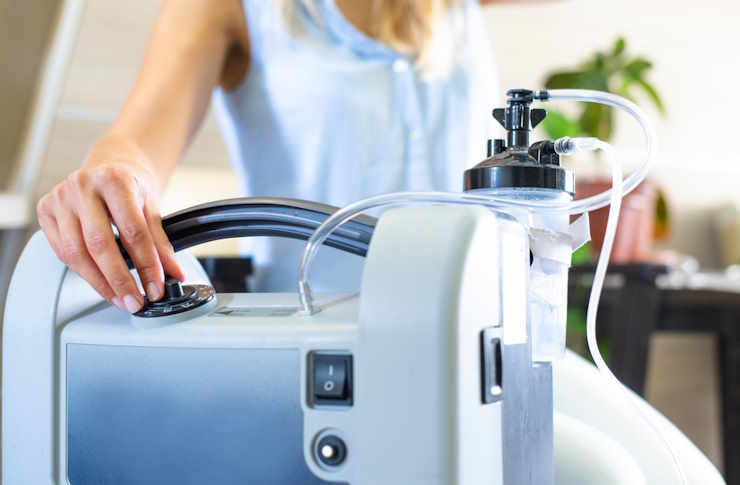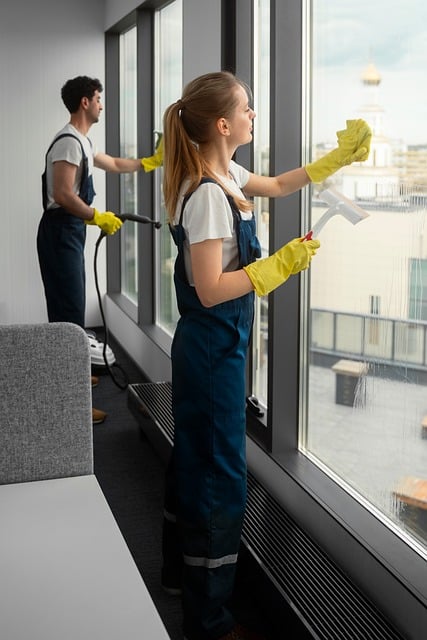Air Purifiers
Air purifiers have become increasingly popular in recent years as people become more aware of indoor air quality and its impact on health. These devices are designed to remove various pollutants from the air, including dust, pollen, pet dander, and even harmful gases. With the rise in allergies and respiratory issues, many homeowners are turning to air purifiers as a solution to create cleaner, healthier living spaces. This article will explore the benefits of air purifiers, how they work, and what to consider when choosing one for your home.

How do air purifiers work to clean indoor air?
Air purifiers work by drawing in air from the surrounding environment and passing it through a series of filters. The most common type of filter used in air purifiers is the High-Efficiency Particulate Air (HEPA) filter. HEPA filters are designed to capture particles as small as 0.3 microns in size, which includes most common allergens and pollutants. As the air passes through the filter, these particles are trapped, and clean air is released back into the room.
Some air purifiers also incorporate additional filtration methods, such as activated carbon filters to remove odors and gases, or UV-C light technology to kill bacteria and viruses. The combination of these filtration methods can provide comprehensive air cleaning, addressing a wide range of indoor air quality issues.
What are the benefits of using an air purifier for home?
Using an air purifier for home can offer numerous benefits for both health and comfort. One of the primary advantages is the reduction of allergens in the air. For individuals suffering from allergies or asthma, an air purifier can significantly decrease the presence of triggers like pollen, dust mites, and pet dander, leading to fewer symptoms and improved overall well-being.
Air purifiers can also help remove harmful pollutants that may be present in indoor air, such as volatile organic compounds (VOCs) emitted by furniture, carpets, and cleaning products. By reducing these pollutants, air purifiers can contribute to better respiratory health and potentially lower the risk of long-term health issues associated with poor air quality.
Additionally, air purifiers can help eliminate unpleasant odors from cooking, pets, or smoking, creating a fresher and more pleasant living environment. Some models are also effective at reducing the spread of airborne bacteria and viruses, which can be particularly beneficial during cold and flu seasons.
How effective are air purifiers for allergies?
Air purifiers can be highly effective for managing allergy symptoms, especially when used in conjunction with other allergy control measures. For individuals with allergies, an air purifier for allergies can provide significant relief by removing airborne allergens from the environment. HEPA filters, in particular, are excellent at capturing common allergy triggers such as pollen, dust mites, and pet dander.
The effectiveness of an air purifier for allergies depends on several factors, including the size of the room, the power of the purifier, and the specific allergies being addressed. For best results, it’s important to choose an air purifier that is appropriately sized for the space and to run it consistently, especially during high allergy seasons.
While air purifiers can greatly reduce the presence of allergens in the air, they should be used as part of a comprehensive allergy management plan. This may include regular cleaning, using allergen-proof bedding, and minimizing exposure to known triggers. Consulting with an allergist can help determine the most effective strategy for managing specific allergy symptoms.
What features should you look for in an air purifier?
When shopping for an air purifier, there are several key features to consider to ensure you choose the most effective and suitable model for your needs:
-
HEPA filtration: Look for purifiers with true HEPA filters, which are certified to remove 99.97% of particles as small as 0.3 microns.
-
Room size coverage: Ensure the purifier is rated for the square footage of the room where it will be used.
-
Clean Air Delivery Rate (CADR): This rating indicates how quickly the purifier can clean the air in a given space.
-
Filter replacement indicators: These alerts remind you when it’s time to change the filters for optimal performance.
-
Noise levels: Consider the decibel levels, especially if you plan to use the purifier in a bedroom or quiet space.
-
Energy efficiency: Look for ENERGY STAR certified models to minimize electricity costs.
-
Additional features: Some purifiers offer extras like air quality sensors, multiple fan speeds, and programmable timers.
How do air purifiers compare in terms of features and pricing?
When comparing air purifiers, it’s important to consider both features and pricing to find the best value for your needs. Here’s a comparison of some popular air purifier models:
| Model | Room Size | CADR Rating | Key Features | Cost Estimation |
|---|---|---|---|---|
| Coway AP-1512HH | Up to 361 sq ft | Dust: 246, Pollen: 240, Smoke: 233 | 4-stage filtration, Air quality indicator | $200-$250 |
| Honeywell HPA300 | Up to 465 sq ft | Dust: 300, Pollen: 300, Smoke: 300 | True HEPA filter, 4 cleaning levels | $250-$300 |
| Blueair Blue Pure 211+ | Up to 540 sq ft | Dust: 350, Pollen: 350, Smoke: 350 | Washable pre-filter, One-button control | $300-$350 |
| Levoit Core 300 | Up to 219 sq ft | Dust: 141, Pollen: 140, Smoke: 145 | QuietKEAP Technology, Sleep mode | $100-$150 |
| Winix 5500-2 | Up to 360 sq ft | Dust: 243, Pollen: 246, Smoke: 232 | PlasmaWave technology, Washable AOC carbon filter | $150-$200 |
Prices, rates, or cost estimates mentioned in this article are based on the latest available information but may change over time. Independent research is advised before making financial decisions.
When choosing an air purifier, consider your specific needs, such as room size, primary pollutants you want to address, and budget. Higher-priced models often offer more advanced features and larger coverage areas, but there are also effective budget-friendly options available for smaller spaces or basic air cleaning needs.
In conclusion, air purifiers can be a valuable addition to any home, offering benefits ranging from allergy relief to improved overall air quality. By understanding how these devices work and what features to look for, you can make an informed decision when selecting an air purifier that best suits your needs and budget. Whether you’re dealing with allergies, odors, or general air quality concerns, investing in a quality air purifier can contribute significantly to creating a healthier and more comfortable living environment.




